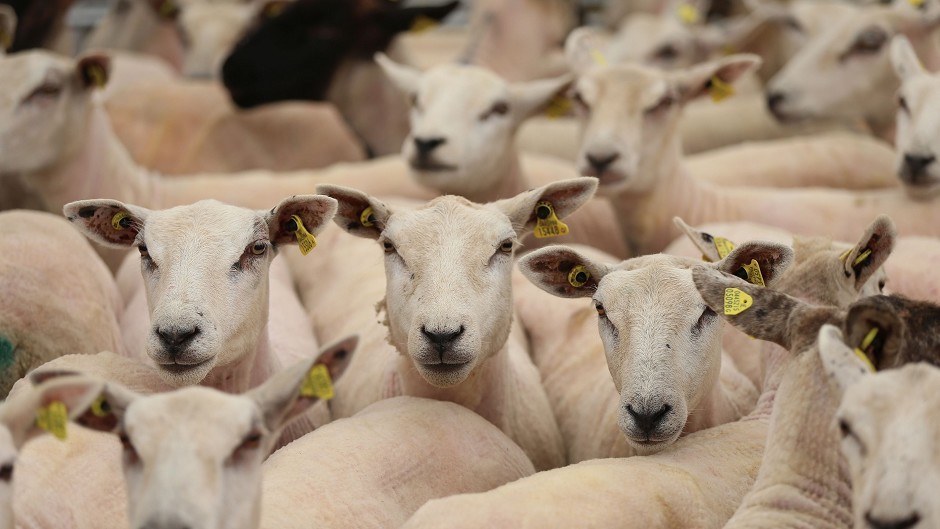The Scottish Government announcement on Cap reform has moved farmers closer to knowing what payments they will be entitled to from 2015 onwards.
The details to calculate individual farms’ exact payments are still being evaluated but, as an example, it is clear that for a farm on the better quality payment Region 1 land then a move to a payment of around 220 euros (£177) per hectare by 2019 is expected. For rough grazing the payment is in the order of 35 euros (£28) a hectare or 10 euros (£8) a hectare.
Nationally we know that funding for agricultural support payments is falling by around £40.2million or 9.5% comparing 2019 with 2011. We also know that the north-east of Scotland will be the region hardest hit in accounting for nearly £24million of this reduction, a fall of nearly 24%.
Within that figure there will be individual businesses that face much higher percentage reductions, as well as those set to gain, but it is clear that this reduction on overall income will have a significant knock on effect to the whole rural business sector, which is heavily dependent on farmers.
For those farms which are facing significant reductions in income, the only positive message from this week’s announcement has been the confirmation that the move to an area based payment system will be phased in over a period of five years from 2015 to 2019.
For existing claimants, the 2015 payment will be similar to 2014 but will be reduced due to the overall budget reduction and the need to fund all of the announced new payments. The new scheme should provide improved support for new entrants and those previously disadvantaged under the current single farm payment regime.
Therefore we would recommend that all business managers need to review the impact the changes to support payments will have on their business and make plans for the future.
To maintain sustainable returns in the farming industry, a combination of increased prices for farm products and ever increasing efficiencies will be required.
Given that there can be few farm businesses which have not already driven out unnecessary costs, then attracting higher prices will be required if farm production is to be maintained.
Each enterprise should be evaluated on its own and as part of the overall business to determine which sector is most likely to be profitable over the long term.
In a world where commodity prices are determined by global events, then the importance of finding premium prices for niche products becomes ever more important and the reputation of Scotland for producing high quality farm produce is vital to maintain prosperity in this important sector.
* Robin Dandie is a partner and head of agriculture at Johnston Carmichael
